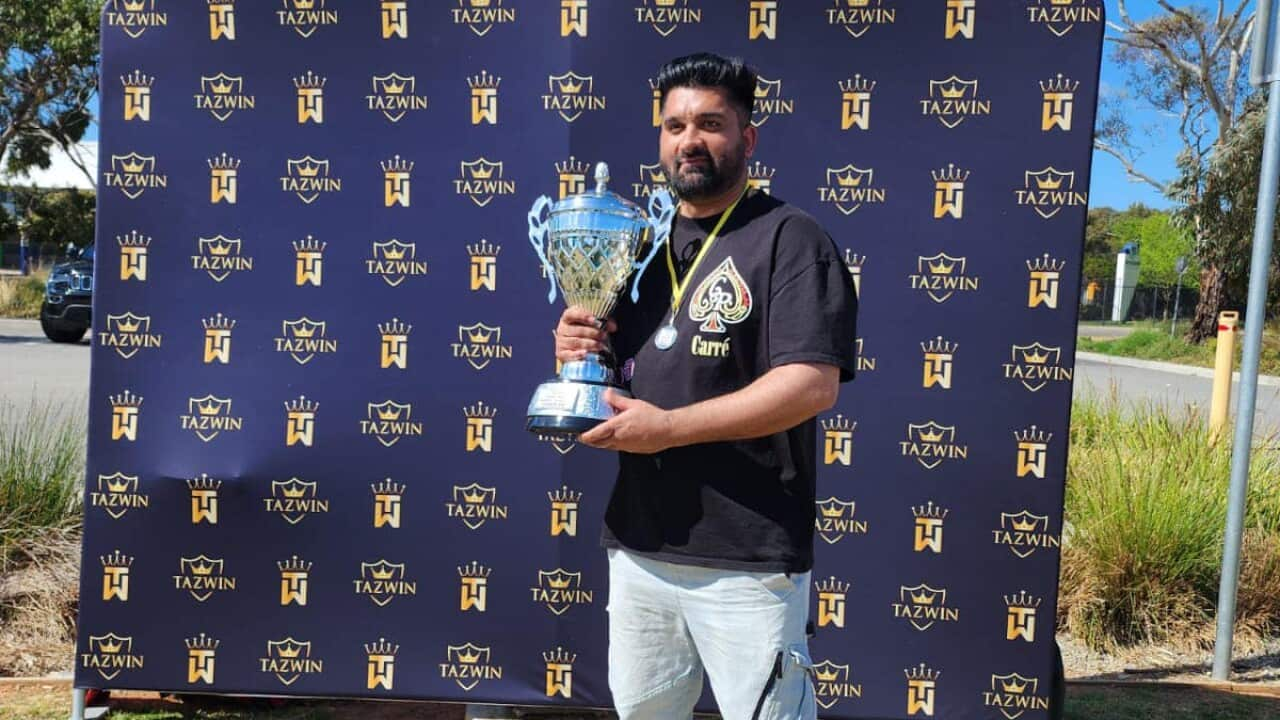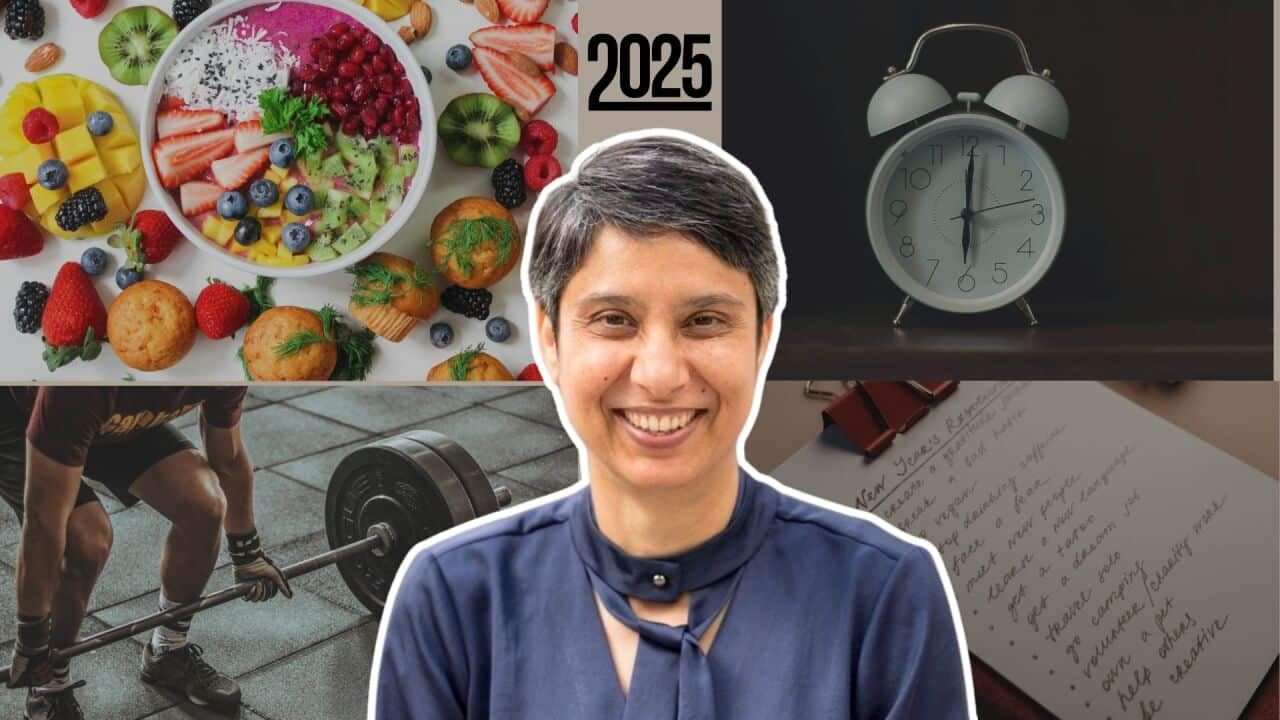Amardeep Shergill is a Canberra-based artist who often explores multiple art themes, directly related to ideas of familial cultural connections, identity, migration, complexities and triumphs of belonging to multiple spatial environments.
Since graduating in Master of Visual Arts (sculpture) in June 2017, she has exhibited her artwork in four solo exhibitions, two of which were awarded by the Australian National University, Canberra.
Ms Shergill’s artworks often explore the world from women-centric viewpoints.
Culture and how it shapes Indian feminine identity brings a sense of inquiry that she continues to explore through her art.
A frequent traveller, she has a passion for photography that often explores the notion of transmigration.
She uses the photographs clicked during her travels to make digital collages a technique known as photomontage.
“These photomontages appear to be dreamlike as they show perplexing environments that are juxtaposed together to create another reality,” she said in an interview with SBS Punjabi.
These digital photomontages depict varied urban and rural environments of India, Australia, Switzerland, Japan, Portugal, Singapore and other Countries that Ms Shergill has lived in or been to.

L to R: Tokyo Under Aussie Clouds, 2017, Digital Photomontage - Amardeep Shergill. Source: Supplied
In amongst the colorful setting of Ms Shergill’s photomontages often there is a ‘faceless’ female figure situated in the middle of the art piece.
“They are strong and empowered women but I leave them faceless because I believe Punjabi women in our culture and in the mainstream Australian culture are underrepresented,” she said.
They are selfless and perform well to the expectation of society and family without carving an identity for themselves.
“Much of their identity is shaped by the environment around them.”
Much to the admiration of her work, she was 'highly commended' at the Contemporary Art Awards in 2018 for her photomontage artwork ‘Aussie clouds in Tokyo'.

Born out of mother’s love for her daughter, Phulkari, which literally means floral work, is a vibrant textile art/embroidery of Punjab. Source: Supplied
The second part of Ms Shergill’s art practice involves looking at the possibility of re-interpretation of heritage through new materials and exploring familial connections and traditional craft-making skills.
“In 2015, after hearing a story of my great-grandmother’s brilliance of skills in embroidery called 'Phulkari', I began to explore the possibility of re-interpreting this tradition and traditional craft form,” she said.
Her sculptural work inspired by her great-grandmother Dhan Kaur’s ‘Phulkari’ has led her to be amongst the finalists in Wangaratta Textile Award and Gippsland Sculpture Prize in 2019.
Born out of mother’s love for her daughter, Phulkari, which literally means floral work, is a vibrant textile art/embroidery of Punjab mainly used on scarfs and shawls.
How events of India’s partition in 1947 shaped her sculptor work – ‘Phulkari’
A surviving ‘Phulkari’ of her great-grandmother Dhan Kaur became a source of inspiration for her to create a sculptural form in 2018.
“1947 is an unforgettably painful year. A historical event, the aftermath still felt today. Even by me and I wasn’t even there. It was the partition of India and Pakistan,” she said.
“On a day, during that turbulent month of August 1947, Amar Singh (my Great-Grandfather) carried with him a bundle containing the most valuable family possessions, including hand-embroidered 'Phulkaris' my great grandmother Dhan Kaur had made. He found a safe place in the middle of a field to hide the bundle, away from attackers or looters that may come to the village.
“My Nani (grandmother) recalls that it rained that night and continued for several days. Many of the valuables and ‘Phulkaris’ were destroyed.”
Ms Shergill said that as her grandmother recited this story to her about four years ago, she became mindful of the value and power of a surviving ‘Phulkari’which has now been handed down to her.
This object, once a central part of my great-grandmother's identity as a Punjabi woman, is now a tactile window into the story of past lives and major historical events.
“It is not my attempt to reproduce the fine skills of this craft in its original form which requires years of practice, however, I am able to re-interpret the patterns and colours into new forms and materials that I enjoy working with.

Source: Supplied
In May this year, she was invited by Ginninderry Curatorial advisor Peter Haynes to exhibit at The Link-Ginnindery.
In this exhibition, Ms Shergill brought her sculptural and photomontage work together for the first time.
The title of the exhibition- Chattel- means ‘a personal possession' where the artist aimed to explore from her perspective the themes of heritage, identity and transmigration.
The gallery had a large number of visitors from diverse backgrounds.





